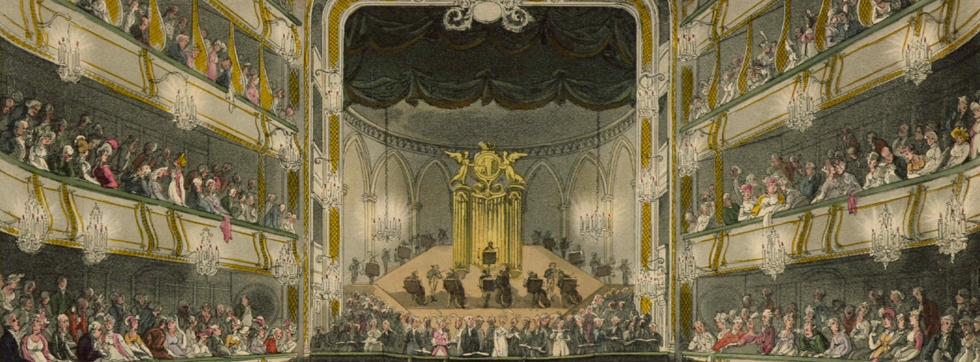It’s been another big and unusual year with much of our time spent online. As we head into a new year, it’s a great time to look back on how we spent 2021 online at the State Library. This has been our year in resources.
But first, are you new to our eresources collection?
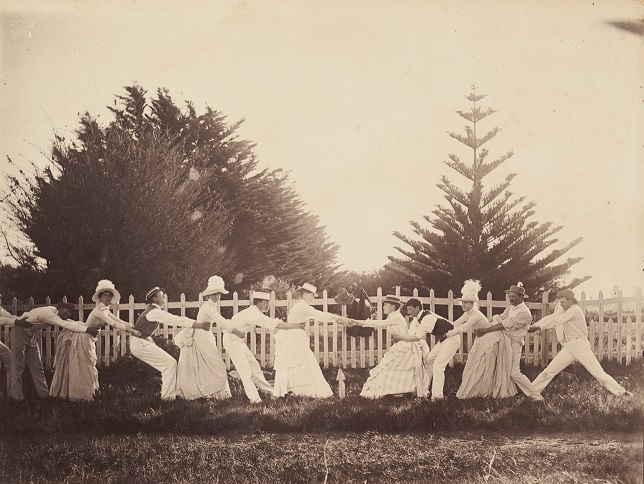
Eresources: free 24/7 access anywhere you can use the internet
Comprising hundreds of databases, our eresources – or electronic resources – collection can be accessed from home by State Library Victoria members (if your home is in Victoria). That’s millions of articles, magazines, archives, ebooks, videos, songs, audiobooks and more, available through the catalogue.
Not a member yet? Sign up online now and reward your curiosity.
Today we take a look at some of our most popular online databases and reveal some hidden gems for the new year.
Top 3 most popular eresources
🥉 #3. Reading widely with ProQuest Central
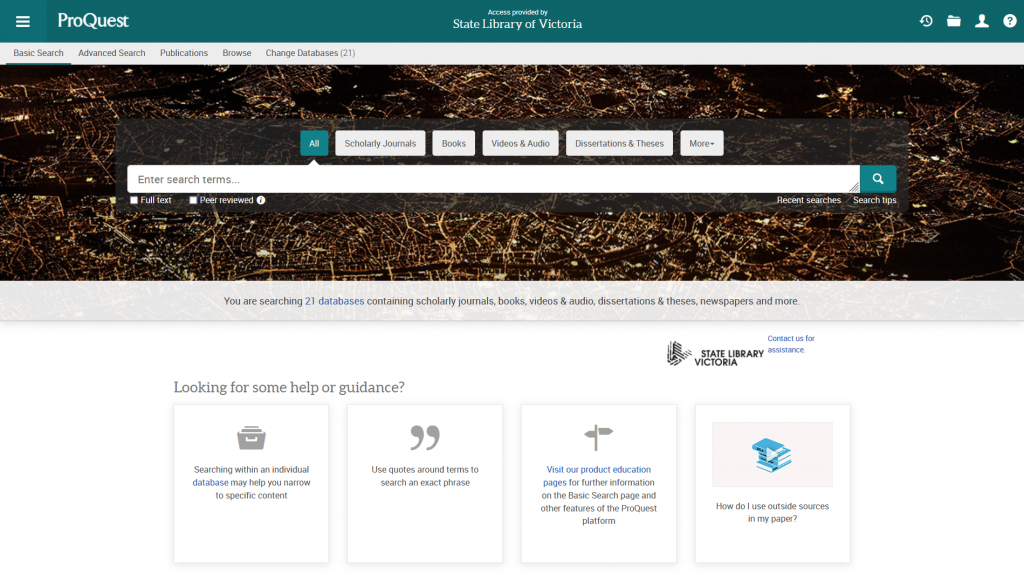
Highlighting the diversity of our collective reading interests, ProQuest Central was the third most viewed eresource from home. This is the largest single periodical resource available, bringing together complete databases across myriad major subject areas, including History, Business, Health and Medical, Social Sciences, Education, Science and Technology, and the Humanities.
If you liked ProQuest Central, you might also be excited to hear that the State Library has just gained access to two new ProQuest ebook collections in December 2021:
➡ ProQuest Ebook Central: Public Library Complete Collection
➡ ProQuest Ebook Central: Diversity, Equity and Inclusion Collection – 8,000+ ebooks representing all voices, regardless of gender, race, sexual orientation, physical ability and religious belief.
🥈 #2. Beyond the headlines with The Age and Sydney Morning Herald (Library Edition)
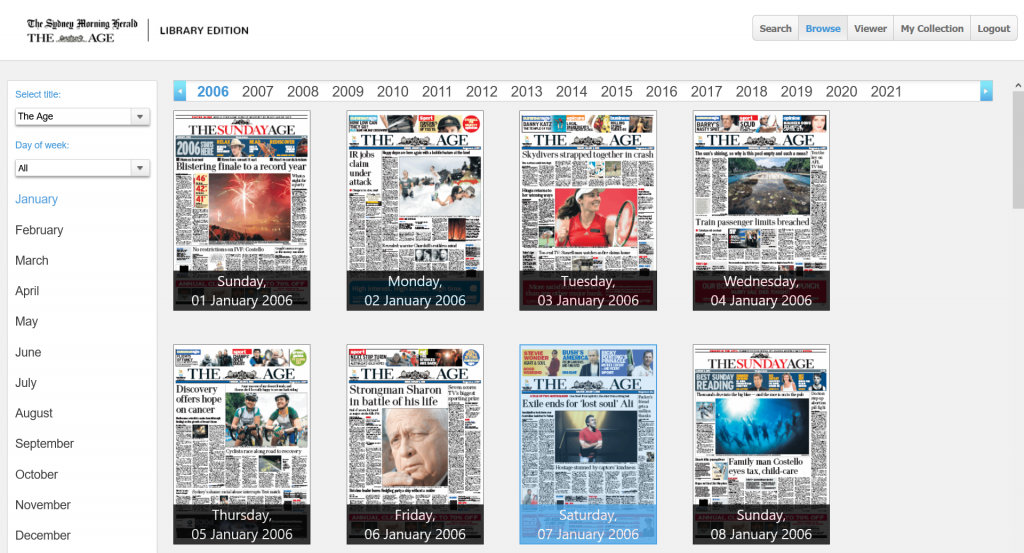
With every week a big news week, is it any wonder that The Age and Sydney Morning Herald was so well accessed in 2021? This database enables readers to browse complete newspaper content including advertisements and images, and features editions from 2006 to today.
If you want more news from the archives or further afield, check out our guide on How to find newspapers. Our Librarians update this with details on how to access local, national, international and archival newspapers.
You can also access Pressreader for true-to-print current digital editions of popular Australian and international publications including The Guardian, Good Food, Vogue, Reader’s Digest, Science Illustrated, Gardening Australia, and many more.

🥇 #1. Family connections with Ancestry Library Edition
A perennially popular resource among family history researchers, Ancestry Library Edition takes first place as the undisputed champion database of 2021!
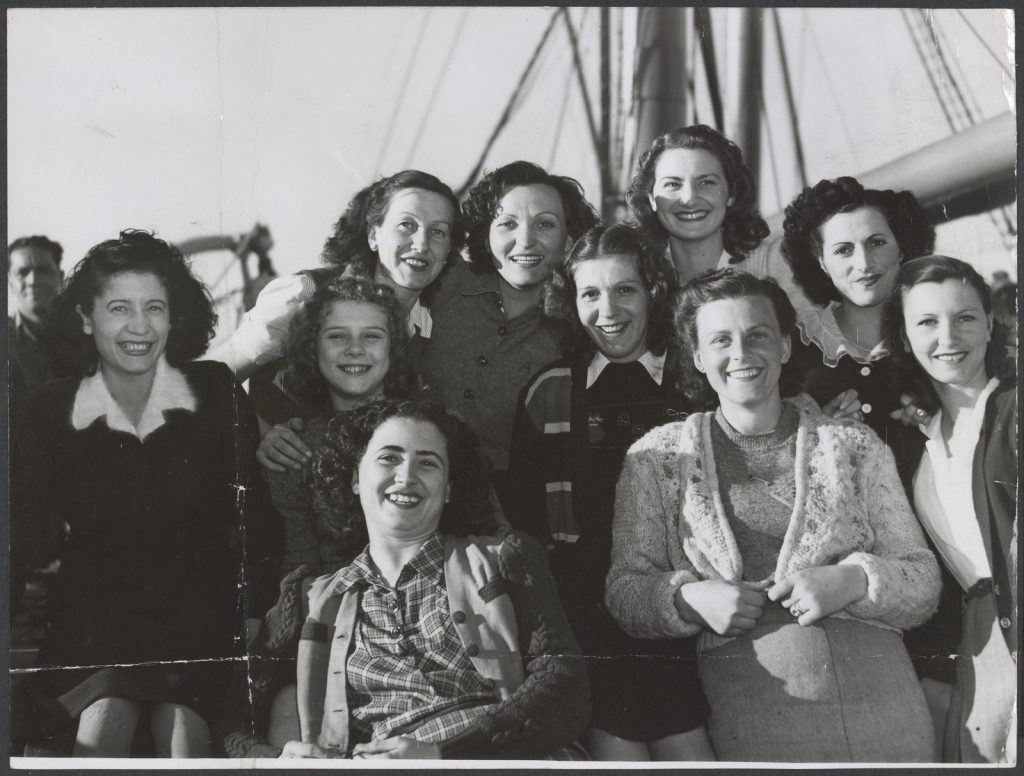
It seems that many of us took the opportunity to delve (further) into family history research this year. In response to pandemic lockdowns, our friends at Ancestry Library Edition allowed access to library members at home from April 2020. This database offers access to an impressive 4000+ family history sources worldwide, including passenger lists; census data; births, deaths and marriage records; and more. What a wonderful way to stay connected with our family roots during 2021.
From January 1st, 2022, Ancestry Library Edition will only be available to use within the Library building.
Your family history research doesn’t have to stop there though!
If you’ve enjoyed using Ancestry Library Edition, you might also try FamilySearch, which you can continue to access from home. It contains similar collections to those you’ll find on Ancestry and Find My Past, but it has particularly strong collections of European records that are not available on any other website. There is also a growing collection of Australian content including birth death and marriage indexes, census records, cemetery indexes, passenger lists and more. Once you’ve created a free personal account, you can search over 6 billion names and access other features of this free family history website.
Explore our Family History Research guides for links to other key family history databases and resources, including these staples:
➡ Cora Web – A directory of Australian family history websites.
➡ Public Record Office Victoria website – Find indexes and digitised records of the Victorian government archives (more information).
➡ Sands and Mcdougall’s Melbourne/Victorian post office directories – A selection of historic street directories for Melbourne and suburbs. From 1902 onwards, the directories also cover country Victoria.
Last but not least, you can visit our Newsaper and Family History Reading Room to explore our extensive physical collection of archival material, and to speak with our library staff – we’re here to help!
Discover something new in 2022
Travel through time with the Adam Matthew Collections
Take a step through the pages of time with our suite of Adam Matthew databases. Library members can access 21 Adam Matthew databases, each of which thematically curate primary source materials from different historical periods and regions across the world. One of the highlights of these: the stunning galleries of visual primary resources, such as the illustration below available from its Eighteenth Century Drama database. With a wealth of documents, interactive maps, and research essays and tools, there is something for everyone to enjoy – whether you are a student, teacher, researcher or (new) history enthusiast.
💎 Hidden gem: London Low Life
Victorian London was more than just a Dickensian sketch or a Sherlock Holmes mystery. The London Low Life database invites you to explore London’s Victorian-era street culture, social reform and underworld in all its vivid complexity. The screenshot below is just a taste of the resources available through this database. Access visual galleries (as below), rare books, ephemera, and historical and 3D visualised maps of 18th-, 19th- and early-20th-century London.
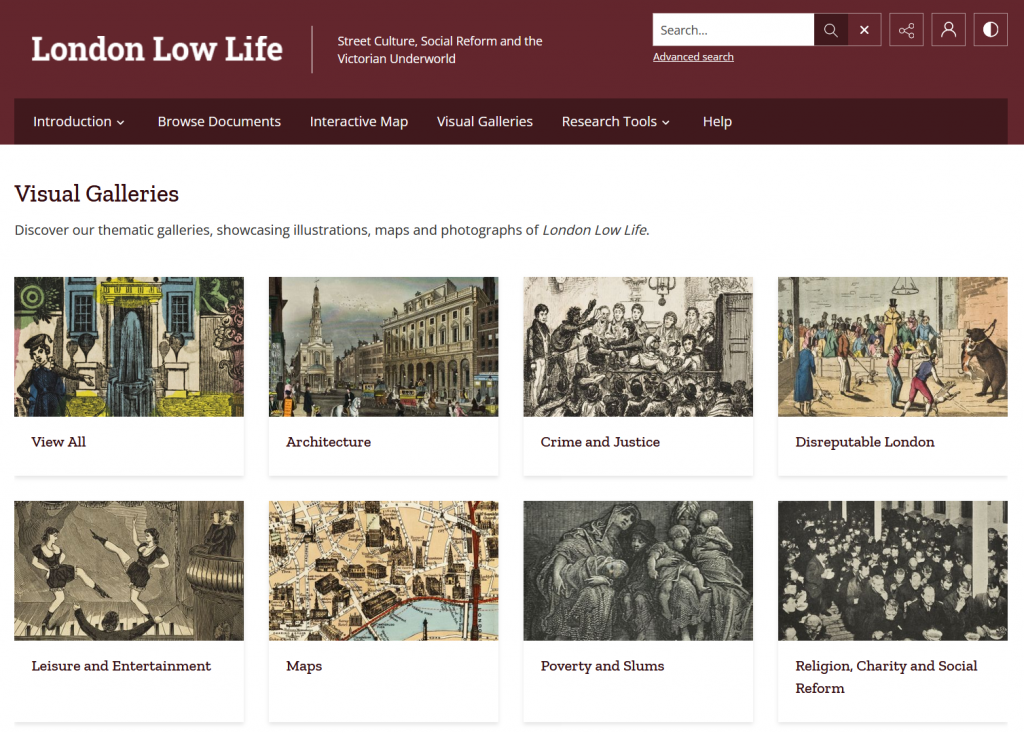
Keep exploring online
For more database deep-dives, read one of our other Online collection spotlight posts, such as the spotlight on World’s Fairs (another Adam Matthew database). These are part of our ongoing Collection spotlight blog series, which offers top collection picks and tips from our Librarians, such as this spotlight
You can also:
- Access our full range of databases and other eresources via the A-Z Database list
- Browse other free and popular online journals, databases and ebooks
Sign up for membership now if you haven’t already done so and access eresources from home. (Remember, you just need to be a State Library member with a Victorian home address. Learn more about our terms and conditions of use.)
Share your thoughts
We are always trialling and expanding our eresources – we welcome your feedback on database trials or let us know what you’d like to see.
Have a research query or questions on how to use our online collections? Ask a Librarian.

